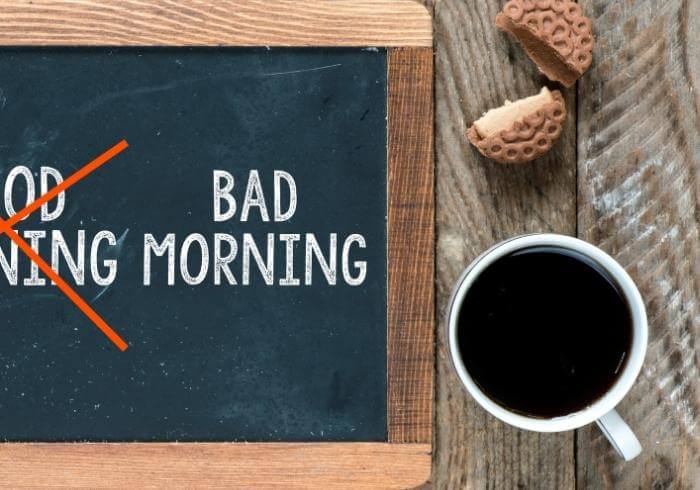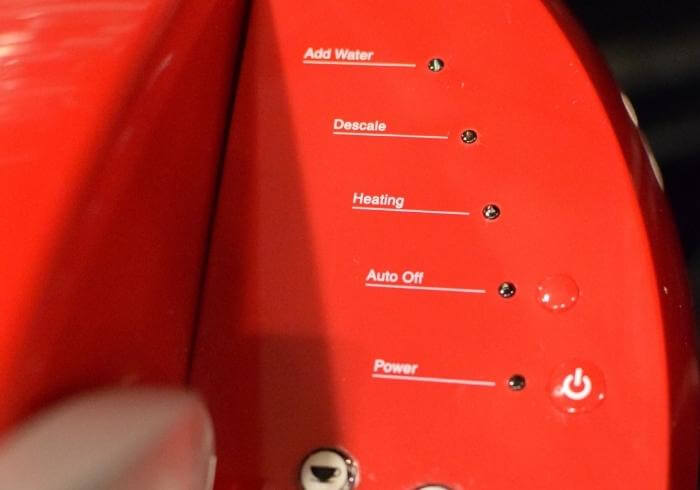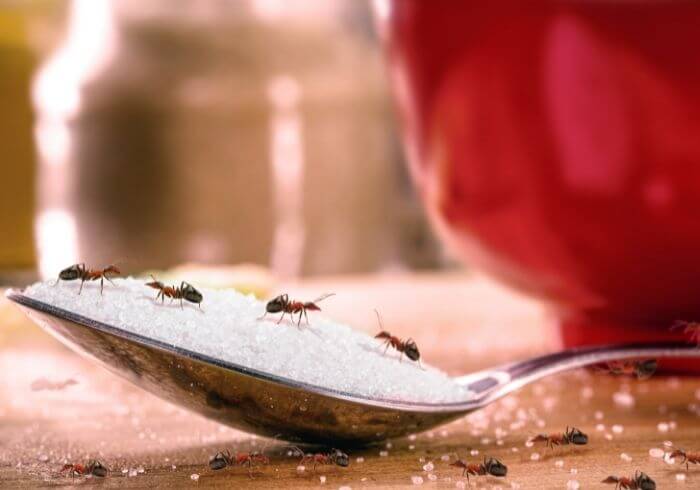As with anything used to create your ideal cup of coffee, the filter you choose will impact the final aroma and taste of your brew.
There is a wide array of filters available, all with their own pros and cons. So how do you choose the best coffee filters?
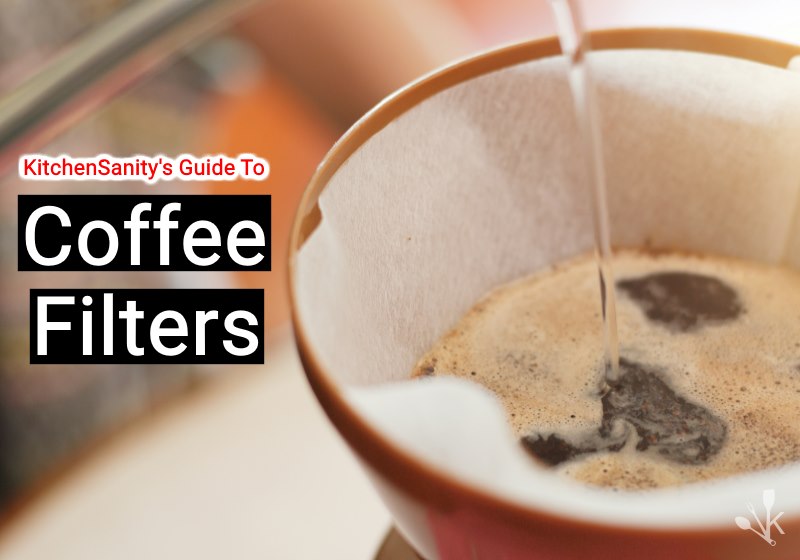
In this guide, we talk you through the different styles and types of filters available to help you decide which one is the best for your style of coffee making.
Coffee Filter Styles
What kind of coffee brewer you have will dictate the optimal filter to use, which could be:
- Basket Style
- Cone Style
- Pour-Over or Drip Style
- French Press
- Keurig Models or Coffee Bar With Single Serve And Carafe Capacity
Filters come in different shapes and sizes depending on the brewer they are compatible with. Many filters are numbered. If you check your brewer’s instruction manual, it should list the recommended filter to use.
Cone-shaped filters, for instance, can be numbered 2, 4 or 6. There are also basket-shaped filters and percolator filters.
What Are Coffee Filters Made Of?
A second consideration is what material the filters are made of:
- Paper Or Bamboo
- Steel
- Titanium Coated “Gold” Stainless Steel
- The New “24 Karat Gold”
- Hemp
Disposable Paper Coffee Filters
The most common type of filter is paper, which is disposable. The paper must be thin enough to trap grounds while still allowing the liquid coffee to flow through into the pot.
An important consideration is the strength or durability of a paper filter. There’s nothing worse than a filter tearing and coffee grounds running into your coffee pot. But you also don’t want a filter that’s so thick that it doesn’t allow the maximum amount of flavor through.
Dampening your filter is a good habit to develop as it keeps the filter from moving around before you get the basket into the brewer. This helps eliminate water flowing over the edge of the filter, which can also result in coffee grounds in your pot.
Brown vs White Coffee Filters
You can choose between white or brown filters, and generally, the only differences between the two come down to environmental concerns and your personal palate.
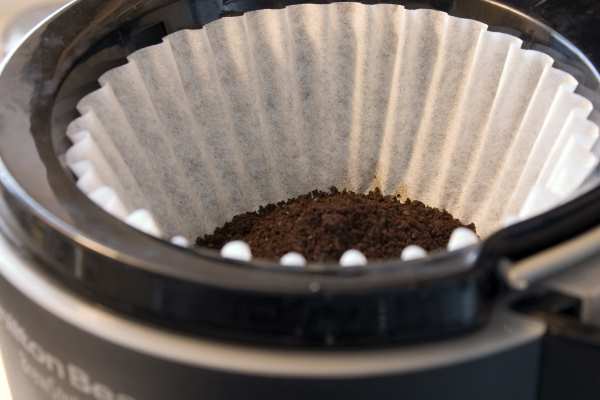
White filters are bleached, using either chlorine or oxygen. When chlorine is used, it’s only a minute amount, and there’s no danger of residue leaching into your brew.
However, chlorine bleaching of paper is a huge environmental polluter. In fact, after the actual pulp-manufacturing process, chlorine bleaching is the biggest polluter of air and waterways in the paper industry.
Many eco-friendly companies are moving away from chlorine bleaching, instead using oxygen or hydrogen peroxides to bleach. Oxygen-bleached filters are not only more environmentally friendly, they are generally of higher-quality.
Manufacturers will always state on their products the method of bleaching used.

Brown filters are unbleached and therefore even gentler on the environment. Some very discerning coffee drinkers find that unbleached filters create an ever so slight papery taste – but cheaply-produced bleached filters might do the same.
If you dampen or rinse your coffee filters before adding the coffee, that should be eliminated. If the papery taste persists, double rinse.
Reusable Coffee Filters
Reusable coffee filters are a great choice; they should save you money in the long term and are more environmentally friendly than the ‘use once, throw away’ style of filter.
Can you reuse K-Cups? Yes! There are a variety of great reusable filters for use with Keurig coffee machines, including one crafted from 24K gold which offers a lifetime guarantee. This is good news for the planet, as the single-use K-cup pods are not eco-friendly.
Chemex coffee brewers work better with reusable coffee filters – when using paper style, they need to be very thick and heavy, and can remove those aromatic oils or impart a papery taste.
Metal Coffee Filters
Whereas paper filters may absorb some of that desired coffee flavor, reusable metal filters will allow the full taste and aroma of those delicious oils to pass through into your final brew, with no chance of an added papery taste.
Do bear in mind though, if health is a concern for you, the metal filters don’t do such a great job of catching the oils (cafestol) that can push those cholesterol levels up.
Metal filters aren’t quite fine enough to capture any fine sediment, so you may end up with a bit of sludge at the bottom of your pot.
Although there is more cleaning involved, it will still take you less than a minute to dispose of leftover coffee grounds and give the filter a rinse. The pay-off is zero waste and a smaller carbon footprint.
Even if you buy a high-end metal coffee filter, your bank account should benefit in the long-run, with most saving you money over the continual purchase of paper filters within the first year.
Coffee connoisseurs find that coffee made using a metal filter is darker and more robust, with a richer, fuller body.
Hemp Coffee Filters
A hemp filter straddles the middle ground between a paper and metal option.
Hemp filters provide a bold and full tasting cup of coffee. They let the miniscule coffee particles seep through while catching the larger sediment.
While they are more reusable than paper filters, hemp coffee filters will need replacing around every 3-6 months, but most are fairly low-cost, so you will likely still save money over regularly buying paper filters.
Hemp filters can be fiddly to clean. They must be rinsed with hot soapy water after every use to remove any oils and residue. Even if you clean them thoroughly, they will eventually end up stained and imbued with coffee oils, which may later sour your coffee.
You can buy hemp coffee filters with different sizes and thread counts, depending on your taste preference.
As a rule, hemp is grown sustainably and is a great choice for the environmentally conscious consumer.
Final Thoughts
Filter choice is an entirely personal choice, dependent on your preferred brewing method and the equipment you choose.
The main considerations when buying a filter are the impact on the environment and what taste you like your cup of coffee to have.
If you prefer a fruity, bright taste and aren’t worried about reusability, or have problems with high cholesterol, go for a paper filter.
Or if you prefer a bold and rich cup of Joe that will save you a bit of money and be kinder to the planet, pick out a reusable metal filter.

